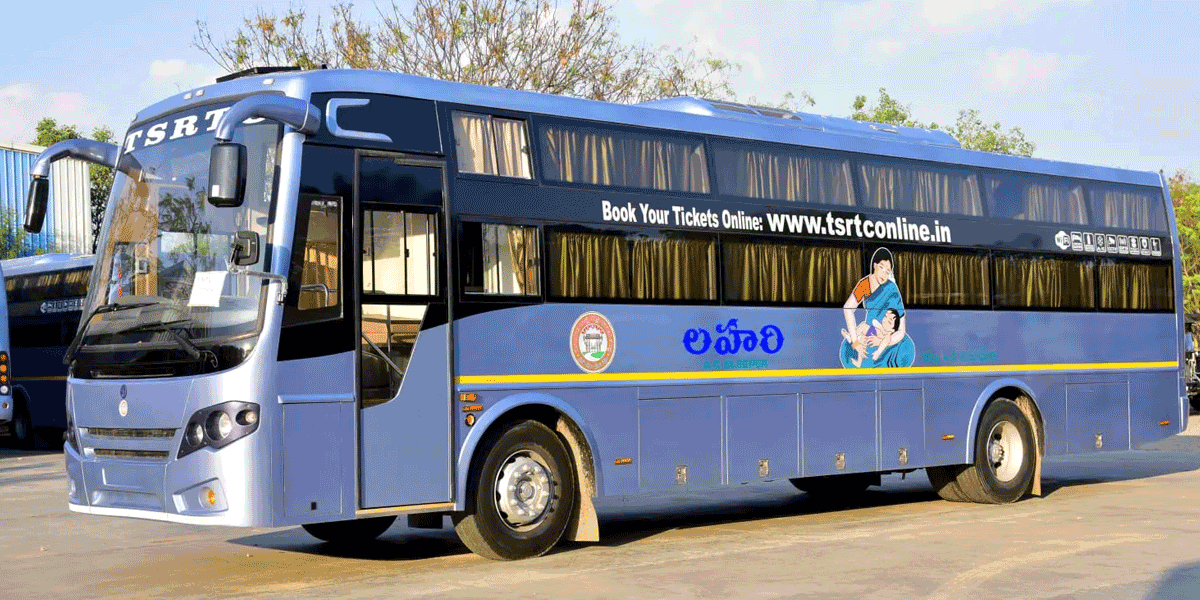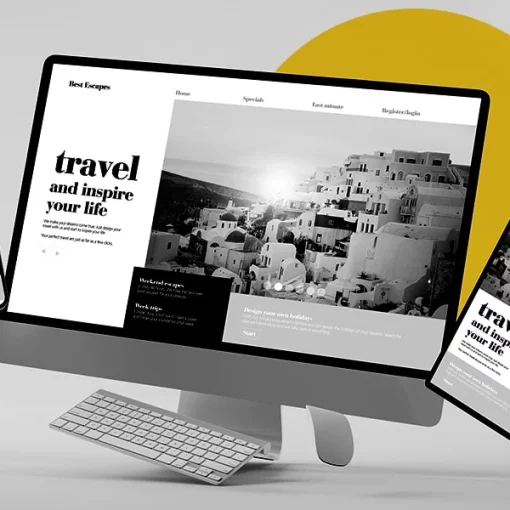Travel writing is a captivating genre that allows writers to transport readers to different corners of the world through vivid descriptions and engaging narratives. In this article, we’ll explore the art of crafting the best travel content, balancing SEO optimization with the personal touch that keeps readers coming back for more.
Importance of Travel Articles
In a digital age where information is at our fingertips, travel articles play a crucial role in inspiring and guiding readers. Whether it’s discovering hidden gems or planning the perfect itinerary, travel content connects with individuals seeking new adventures.
Engaging Readers with Unique Content
While the internet is saturated with travel information, creating unique and compelling content is key to standing out. From awe-inspiring narratives to practical tips, travel writers must aim to captivate their audience’s attention.
Planning Your Travel Content
Understanding Your Audience
Before diving into writing, it’s essential to know your audience. Tailor your content to meet the interests and preferences of your readers, whether they’re adventure seekers, luxury travelers, or cultural enthusiasts.

Researching Trending Destinations
Stay updated on current travel trends and popular destinations. Incorporate trending topics into your articles to capture the attention of readers actively seeking the latest and most exciting travel experiences.
Incorporating Personal Experiences
While trends are essential, infusing your personality into your writing adds authenticity. Share personal experiences and anecdotes to create a connection with your audience.
Crafting Captivating Headlines
Importance of Headlines in SEO
The headline is the first point of contact between your article and potential readers. Craft compelling headlines that not only spark curiosity but also contain relevant keywords for SEO optimization.
Using Power Words for Impact
Powerful and descriptive words in your headlines can create an emotional impact, enticing readers to delve into your travel adventures. Choose words that evoke excitement, wonder, and curiosity.
Structuring Your Travel Article
Introduction to the Destination
Begin your article with a captivating introduction that sets the tone for the entire piece. Transport your readers to the destination by painting a vivid picture with words.
Highlighting Key Attractions
Outline the must-visit attractions, giving readers a glimpse of what the destination has to offer. Include unique selling points and insider tips to make your content valuable and informative.
Sharing Personal Insights
Don’t just list facts; share your personal insights and experiences. Whether it’s a hidden café or a lesser-known viewpoint, your unique perspective adds depth to the reader’s understanding.
Including Practical Information
Ensure your article is not only captivating but also useful. Provide practical information such as accommodation options, transportation details, and any necessary travel tips.
Leveraging Visual Content
Importance of High-Quality Images
Incorporate high-quality images to visually enhance your travel article. Stunning visuals not only capture attention but also provide readers with a visual preview of the destination.
Incorporating Videos and Infographics
Diversify your content by including videos and infographics. Visual aids can effectively convey information and engage readers who prefer multimedia formats.
SEO Best Practices
Keyword Research for Travel Articles
Conduct thorough keyword research to identify relevant terms and phrases. Integrate these keywords seamlessly into your content to improve its search engine visibility.
Optimizing Meta Tags and Descriptions
Craft compelling meta tags and descriptions that encapsulate the essence of your travel article. A well-optimized meta description can significantly impact click-through rates.
Utilizing Internal and External Links
Enhance your article’s credibility and SEO performance by including internal links to related content on your website. Additionally, incorporate authoritative external links to reputable sources, adding depth to your information.
Maintaining Consistency in Tone

Establishing a Conversational Style
Connect with your readers by adopting a conversational tone. Write as if you’re sharing travel recommendations with a friend, creating a sense of camaraderie.
Using Personal Pronouns to Connect
Don’t shy away from using personal pronouns like “I” and “we.” This personal touch makes your writing relatable and fosters a stronger connection with your audience.
Engaging Readers with Stories
Narrating Personal Travel Experiences
Share your travel stories with passion and enthusiasm. Readers appreciate authenticity, and your personal experiences can inspire them to embark on their adventures.
Encouraging User-generated Content
Create a community by encouraging readers to share their travel experiences in the comments section. User-generated content adds diversity to your platform and fosters a sense of community.
Addressing Perplexity and Burstiness
Balancing Specificity and Context
Strike a balance between specificity and context in your writing. Provide detailed information without overwhelming the reader, ensuring your content is informative and accessible.
Encouraging Curiosity in Readers
Pose questions and challenges to your readers, encouraging them to explore further. A sense of curiosity keeps readers engaged and eager to discover more about the destinations you showcase.
Keeping it Brief and Impactful
The Power of Concise Travel Writing
While details are essential, avoid unnecessary verbosity. Keep your writing concise and impactful, delivering information without losing the reader’s interest.
Holding Reader’s Attention
Capture and maintain your reader’s attention throughout the article. Break down information into digestible sections, ensuring a smooth and enjoyable reading experience.

Utilizing Rhetorical Questions
Creating Engagement through Questions
Pose rhetorical questions to your readers, inviting them to reflect on their own travel desires and experiences. Engage with your audience on a deeper level by sparking introspection.
Encouraging Reader Participation
Encourage readers to share their thoughts and experiences in the comments section. This not only fosters a sense of community but also provides valuable insights for future content.
Analogies and Metaphors in Travel Writing
Bringing Destinations to Life
Use analogies and metaphors to vividly describe destinations. Paint a mental picture that transports readers, making your travel writing an immersive experience.
Making Connections with Readers
Create connections through relatable comparisons. Analogies can bridge the gap between unfamiliar destinations and the reader’s own experiences, making your content more accessible.
Conclusion
- Summarizing Key Points
In conclusion, writing the best travel article involves a careful blend of engaging storytelling, SEO optimization, and a personal touch. By following these guidelines, writers can create content that not only captivates but also informs and inspires.
- Encouraging Writers to Explore Creativity
Travel writing is an evolving art, and there’s always room for creativity. Encourage fellow writers to explore new perspectives, discover hidden gems, and infuse their unique voice into every travel piece.
FAQs
- How do I choose the best travel destinations to write about?
Choosing the best destinations involves understanding your audience’s interests, staying updated on trends, and incorporating your personal experiences.
- Is it necessary to visit every destination I write about?
While firsthand experience adds authenticity, thorough research can also contribute to compelling travel content. A combination of both enhances the credibility of your articles.
- How can I make my travel articles more visually appealing?
Incorporate high-quality images, videos, and infographics. Visual content not only enhances the reader’s experience but also makes your articles more shareable on social media.
- What are the common SEO mistakes to avoid in travel writing?
Avoid keyword stuffing, neglecting meta tags, and overlooking internal and external linking. Balance SEO optimization with quality content to enhance your article’s visibility.
- Can I write about offbeat destinations to attract a niche audience?
Absolutely! Exploring offbeat destinations can attract a niche audience interested in unique experiences. Share your discoveries and showcase the charm of less-explored places.


